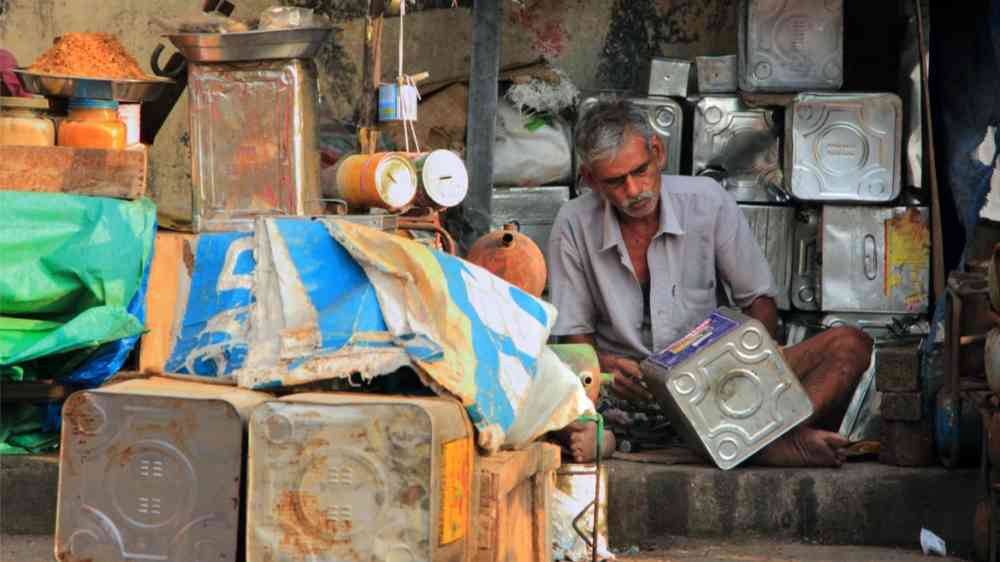A storm blows in inequality – 3 solutions to adapt to climate change while fighting poverty

Picture this. Maria watches the gathering clouds uneasily as she hurries home, hoping to beat the coming storm. As a single mother living in a hillside slum community outside San Salvador, she knows her flimsy tin-roofed shack offers little protection against heavy rains.
Three years ago, when tropical storm Amanda hit, she and her two young children huddled together on their bed with water streaming down the walls, terrified the whole structure would collapse and wash them away.
Maria dreamed of the day improved drainage, resilient housing and equal access to early warnings would lessen climate risks. In the meantime, she focused on making it through one storm at a time.
Stories like Maria’s are increasingly common across Latin America and the Caribbean as climate change drives more extreme weather events. Poor and marginalized communities face outsized threats, with low-income urban settlements and rural smallholder farms bearing the brunt. Our recent report, “Heat and High Water: Nine Pathways to Climate Resilient Development,” aims to help governments navigate this crisis through data and policy recommendations. Chapter 8, “Double Jeopardy: The Economic and Environmental Risks for the Poor,” specifically examines the inequality of climate risk and its potential to trap vulnerable groups in generational deprivation – and offers solutions to avoid that.
Climate Change Worsens Poverty in Latin America and the Caribbean
Several forces drive heightened exposure for those like Maria. Informal hillside and floodplain communities often result from soaring urban land prices pushing poor families out of safer areas – exposing them to hazards. In addition, substandard housing offers little defense against wind, rain, and landslides. Eviction fears may discourage infrastructure investments in drainage, slope stabilization, or disaster readiness. Rural smallholder farmers also face threats as droughts, soil erosion and biodiversity loss undermine crop productivity and food security. In general, lower-income groups can afford to invest less in risk reduction and recovery. They rely more on vulnerable assets like livestock and insecure housing.
The result is that poor and marginalized communities suffer more harm when disasters hit and recover more slowly. Hurricane Mitch in 1998 provides a classic example: it triggered an 18 percent asset loss for low-income Hondurans compared to just 3 percent among the wealthy. Repeated shocks and loss of livelihoods have severe consequences, forcing families into debt or to pull children from school to work. Girls often lose out first, facing limited prospects. Droughts and crop failures also lead to poor nutrition, developmental delays, and disease. Far from random misfortunes, such climate shocks systematically cement inequality and deprivation.
Solutions to Adapt While Reducing Inequality
But concrete solutions exist to rewrite this story through united action. “Heat and High Water” outlines promising policy pathways to reduce risks and safeguard human capital across sectors:
- Urban planning and land use laws should proactively improve tenure security, infrastructure, and housing resilience for informal settlements. Early warning systems tailored to reach remote and low-literacy populations can broadcast disaster alerts and advice to evacuate or protect assets.
- Expanding financial inclusion through mobile and digital financial services as well as microinsurance products would help families better prepare, cope with shocks, and rebuild. Obtaining a small loan or drawing limited savings is rarely enough to recover fully.
- Well-designed social safety nets also have vital protective roles if expanded appropriately when disasters strike. Cash transfers, school feeding programs and subsidies should temporarily increase to stabilize consumption and prevent families from adopting negative coping strategies such as pulling kids from school, interrupting medical checkups, or selling productive assets. Building flexibility into social protection programs to accommodate surging need during crises is key, as is proactively strengthening social registries, and payment mechanisms.
Realizing this vision demands commitment to inclusion and preparedness. It means improving coordination between the government agencies in charge of social protection and disaster responses, as well as with humanitarian response actors. Importantly, it means ensuring funding for both regular social protection mechanisms and for shock responsive cash transfers, including by using contingent finance instruments.
Only by prioritizing those shouldering the heaviest climate burdens can societies progress equitably. Cost-benefit calculations must account for poor residents’ outsized potential damages. More generally, governments should systematically give a voice to people like Maria when they design climate change plans, to make sure their perspective is considered.